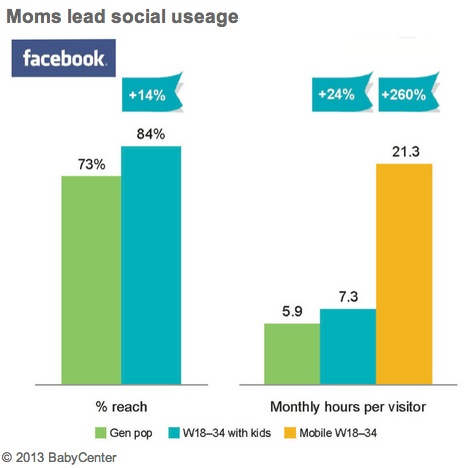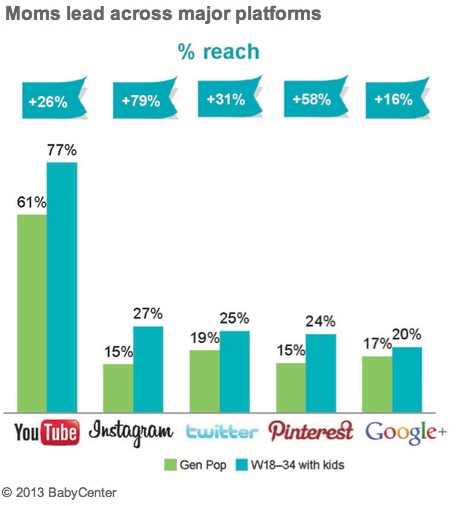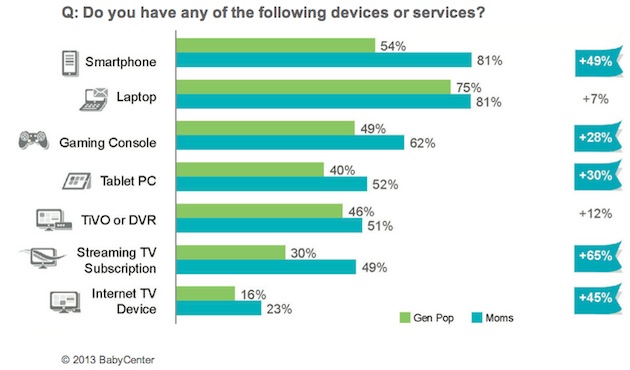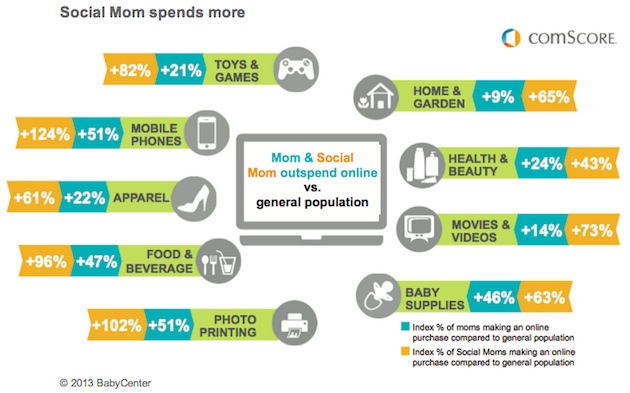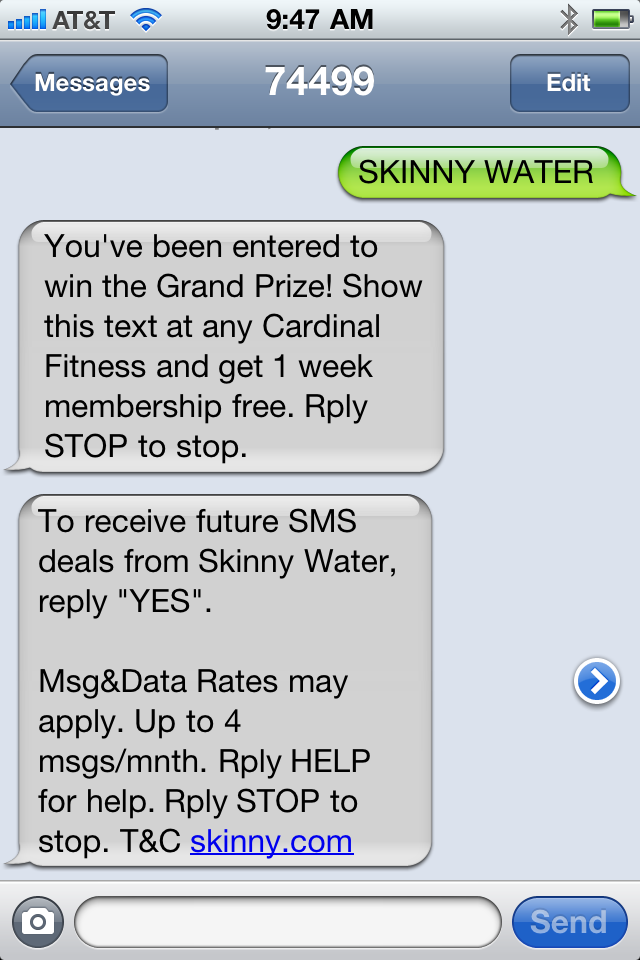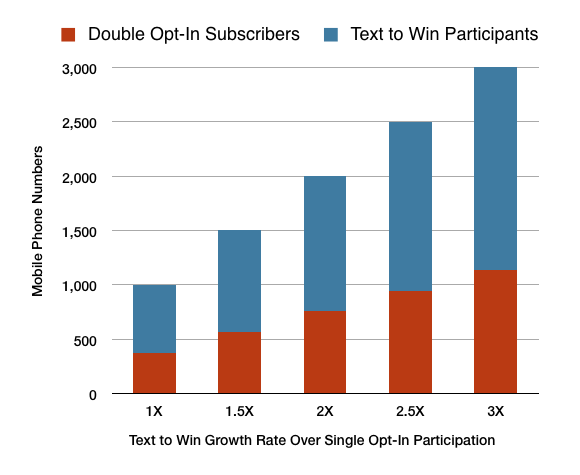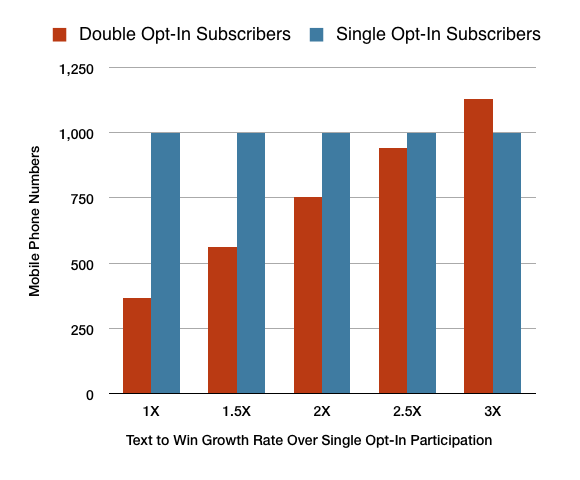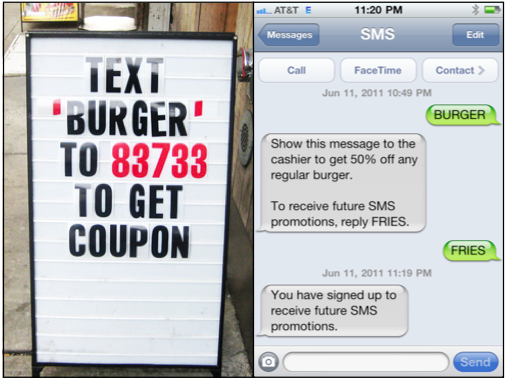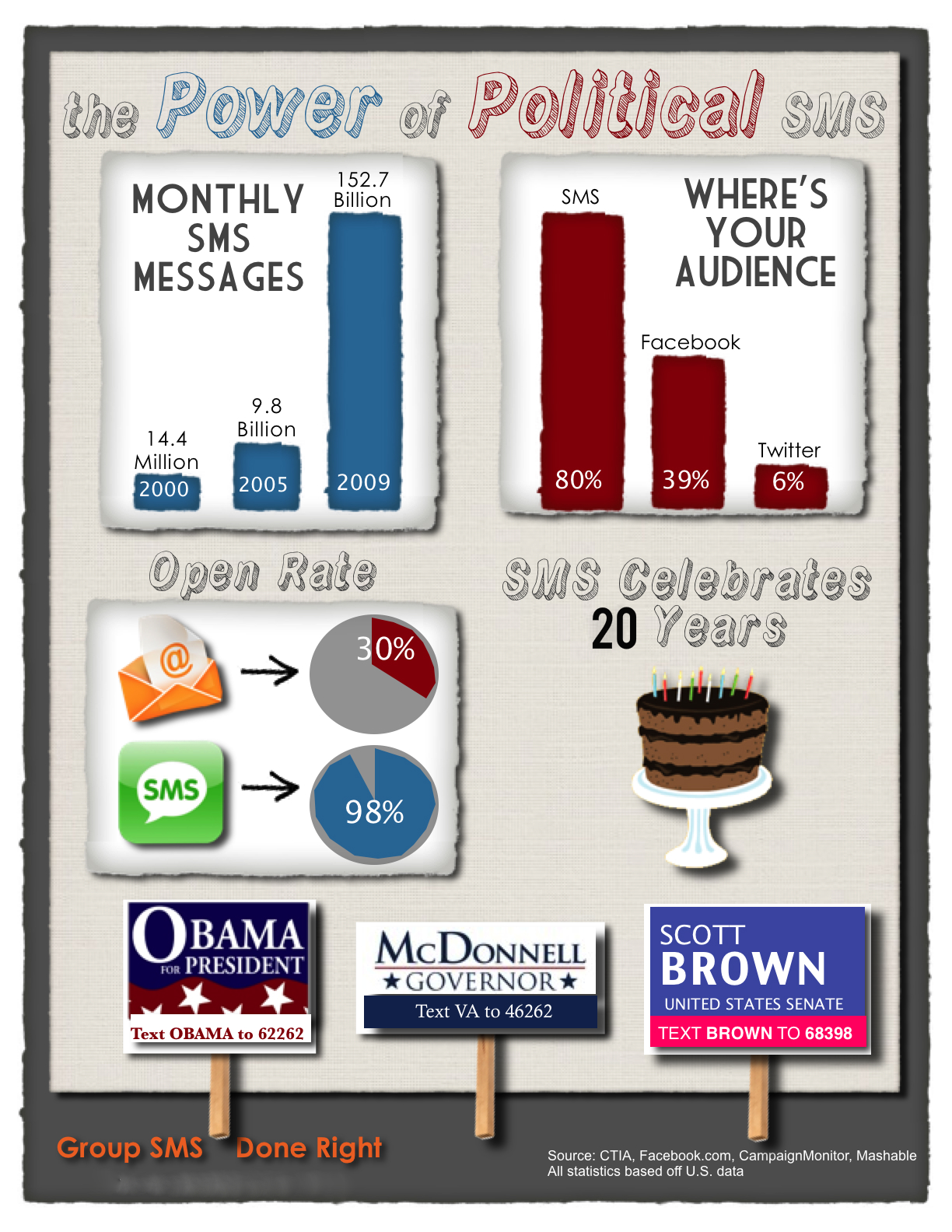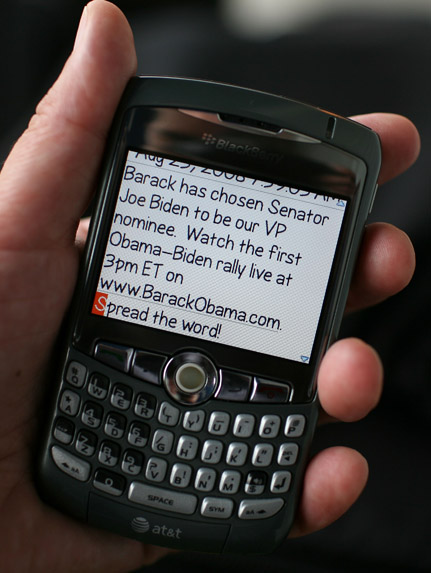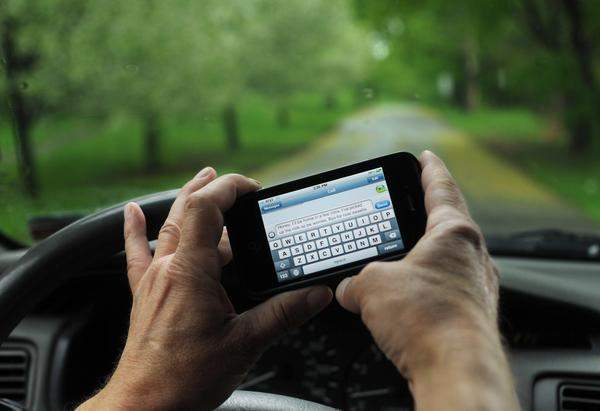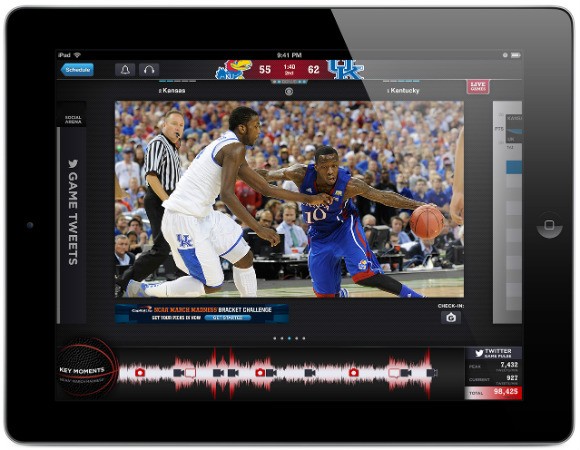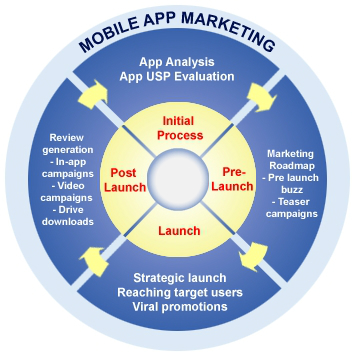Developing A Mobile Strategy
So you’ve decided you’re going to enact a mobile strategy. Now what? Sometimes developing a mobile strategy can be a lot to take in at once considering all the different decisions you will have to make. To help you with this, we have put together this handy guide to assist you while you are developing your strategy.

The first thing you want to do is research and plan your mobile strategy. During this stage you will want to:
- Establish objectives.
- Maximize opportunities.
- Identify considerations.
- Understand limitations.
Of course, you can take a number of routes to accomplish these tasks. However, you will probably want to incorporate at least some, if not all, of the following things into your mobile strategy development process.
Analyze Any Existing Data or Statistics
If you are using analytics tools for your website, then you can use that data to get a good idea of who your audience or target demographic is. You should know your end users’ common devices, resolutions, and patterns of behavior with your content. You can usually identify your content’s strengths and weaknesses based on this information, but you may also have a problem if your current content is weak and you are getting a low rate of interaction on your site. This means your site’s content is not engaging your audience like it should be. Fix this first, then you can focus on creating content for your mobile strategy. You usually will pull content for your mobile content from your website’s content.
Define Your User Objectives
You can interact with current customers to find out more information that could help you identify additional usage scenarios. This will help you add more value to your content. If you create content without establishing what your users are wanting to do when engaging with your company, then you are setting yourself up for inevitable failure. Take into account your current customers’ questions, comments, and concerns and your content will be much more valuable to your users.
Plan Content
Once you have poured over all your existing data and information and then defined your end user objectives, then you can start mapping out your content. You will have to determine whether you are going to work off of already existing content you have, or if you are going to build your content from the ground up. You can also do both. Defining your new content and identifying content that needs to be created is a primary element of your mobile strategy. If you are planning on using content from your website for mobile, keep in mind that it is not going to be in the same format, so you will probably want to repurpose that content. The content used for you mobile strategy should be “mobile first” and beneficial to mobile users, not just copied content from your site.
Define Your Budget and Time Limitations
This is simple, but VERY important. If you haven’t set definitive parameters for your mobile strategy, then you are going to end up with a mess on your hands that is probably going to take more work to fix than the work you actually put into developing it in the first place.
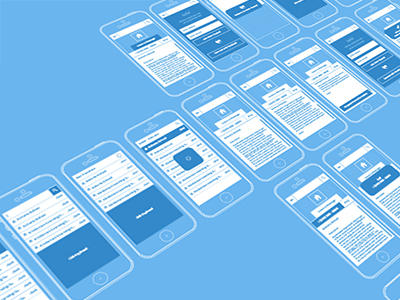 Research Your Competitors
Research Your Competitors
You will want to research and analyze your competitors for a number of reasons. You can identify what successful strategies they are using and incorporate it into your own strategy, or you could identify what they’re doing wrong and leverage it in your favor to help your company stand out among the rest. Either way, if you don’t research and understand your competitors, then you are fighting a faceless opponent. When that happens, you are essentially taking shots in the dark with your strategy.
Set Benchmarks, Goals, and Establish Metrics
You want to establish a definitive set of metrics to measure your success with. If you don’t, you will have no idea how good, or bad, your mobile strategy is doing. Not only will this help you understand how your strategy is doing, you can also take this information into account when furthering your mobile strategy.
These desriptions are somewhat vague for each step, but that is because it will depend on what you choose to do specifically with your campaign. With so many mobile software applications and options, you can virtually do anything you want with your mobile strategy. The point of all the above steps is to help you identify exactly what you want to do with your strategy. Some of the options you will have are:
- Mobile Websites
- Mobile Apps
- Native Apps
- Text to Win
- Text to Vote
- Text to Poll
- QR Codes
- Mobile Coupons
- Social Media Integration
- Mobile Landing Pages
- SMS Marketing
- And many more…
One of the biggest decisions mobile marketers experience is whether to go with a mobile app or a mobile website. We actually have an entire blog devoted to just this debate. The most important thing to remember when developing your mobile strategy is to create something that makes your end users’ mobile experiences easier, more efficient, and more engaging. You are not developing a strategy for you, you are designing a strategy for your users.











